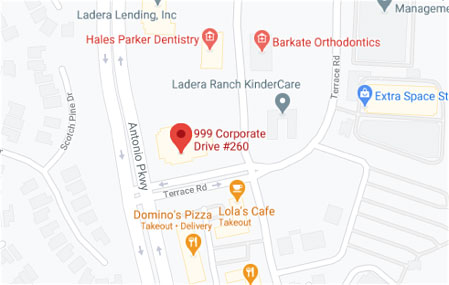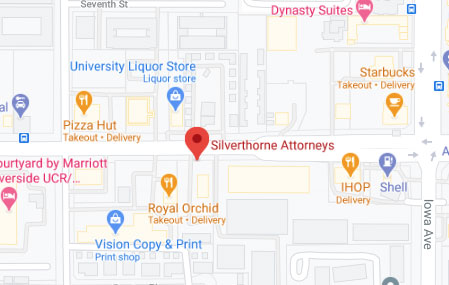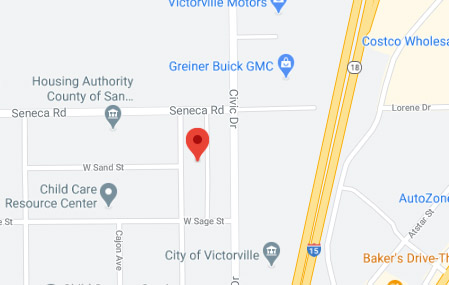Anyone who owns or rides a motorcycle will likely tell you that there are very few other experiences which will give you the thrill of a nice spring day on the back of a bike with the wind in your hair. Unfortunately, there are also very few other activities which may expose you to the amount of bodily harm which may result from a motorcycle accident.
While there is a wide variety of injuries which may be sustained as a result of a motorcycle accident, there are seven most common injuries of motorcycle accidents of which you should be aware.
1. Road rash – Possibly the most common injury from a motorcycle accident is road rash. Road rash is a skin injury caused by friction across concrete but can be much more serious than the simple cuts, scrapes, and bruises you may be thinking of. Most people assume this injury is similar to a rug burn you may have sustained as a child sliding down carpeted stairs. However, road rash can be much more serious. In fact, if the skin affected by the road rash is not properly cared for, it may develop into permanent damage, for example infections and even nerve damage.
The three basic types of road rash are avulsion injuries (a “tearing away” of the skin), compression injuries (when a limb or other part of the body is crushed between two other objects, for example the motorcycle and the concrete pavement), and scrapes or other types of open wounds.
The best way for motorcyclists to protect themselves from this type of injury is to always wear appropriate protective clothing, such as long pants and sleeves, gloves, and boots or other durable footwear.
2. Traumatic brain injuries – Among the most serious of motorcycle injuries include traumatic brain injuries and spinal cord damage. Traumatic brain injuries (TBI) are severe injuries to the brain cells due to a violent blow to the head or a penetration of the skull and brain, often resulting in either short- or long-term cognitive, emotional, psychological, and behavioral changes and impairment. According to a study conducted by the National Highway Traffic Safety Administration, approximately 21 percent of motorcyclists who were not wearing helmets at the time of their injury have suffered this type of brain injury. While helmets certainly minimize damage, still among those wearing helmets, 15 percent of people motorcycle crash victims suffer TBIs.
Spinal cord injuries are often permanent damage occurring when the spinal cord is injured, sometimes resulting in paralysis or even death. These injuries can cause a wide variety of effects, such as personality changes, impaired memory and cognitive function, and depression and anxiety.
3. Injuries to the legs and feet – Another very common type of injury among those involved in motorcycle accidents is injury to the lower extremities, such as the legs and feet, since the motorcyclist’s legs and feet are largely unprotected. These may be soft tissue injuries, such as a hamstring tear, or bone injuries, like a broken tibia.
4. Biker’s arm – Most motor vehicles, such as cars and trucks, provide seat belts to help keep the driver and passengers in place during an accident rather than being thrown from the vehicle. However, motorcycles do not provide the same protections to its riders, which can allow the driver and passenger to be exerted from the motorcycle during an accident.
A natural human instinct is to raise your hands out in front of the body to protect the head and face from hitting the ground. While this may in fact protect one’s face and head, it can also severely injure the hands, wrists, arms, and shoulders. “Biker’s arm” can encompass many different types and levels of injuries; from minor aches and pains to broken bones to permanent nerve and muscle damage.
5. Broken bones – Broken bones are probably one of the most widely recognized motorcycle injuries. Bones can be broken in several ways, including cracking, splitting, or even completely shattering, due to bodily impact from another vehicle, the pavement, or even the motorcycle landing on top of the driver during an accident.
Fortunately, most bone breaks can fully heal with the assistance from a medical professional. Less severe breaks may simply need a cast to hold the bone in place while it heals naturally while other breaks, such as a shattering of the bone, may need to be reset by an orthopedic doctor or may even require surgery.
6. Injuries to arms, hands, and fingers – Since it is such an innate human reaction to use the hands and arms to protect the rest of the body during a fall, it is very common for riders to sustain injuries to the arms, hands, and fingers, and even reaching up into the shoulders. In addition to Biker’s Arm, motorcyclists may also sustain injuries like a broken arm and wrist bone. This may also cause wrist, elbow, or shoulder dislocation and/or sprains.
One of the best and simplest ways for motorcyclists to protect themselves from, or at least minimize, these types of injuries is to wear palm sliders, which are a special type of heavy-duty glove. This may help reduce the amount of pressure placed on the arms and, thereby, reducing the risk of serious injury.
7. Soft tissue injuries – While most people typically have a good working knowledge and understanding about bone injuries, soft tissue injuries may not be as commonly recognized. Soft tissue injuries are any type of injury to any soft tissue, including muscles, tendons, skin, blood vessels, cartilage, and any other tissue which connects and support a person’s bones and organs.
One reason soft tissue injuries may be less recognized or understood is because these types of injuries can be more difficult to diagnose than bone injuries. This may be because the origination of the pain is harder to pinpoint and medical professionals are not able to use a test to diagnose soft tissue injuries like they would be able to with a bone injury, when they can use x-ray to find the bone break.
While there is no guarantee that any specific type of equipment will prevent a motorcyclist from being injured, it is always a good idea to wear as much protective gear as possible. This may include long pants and sleeves, a helmet, gloves, and boots. Don’t take a chance on your safety.
I was injured in a motorcycle accident. What do I do next?
If you are a motorcyclist who has been injured in an accident, after seeking immediate medical treatment for your injuries, you should contact an experienced and knowledgeable personal injury attorney to review your case and help you determine if you may be entitled to compensation for your injuries.
When you work with the motorcycle accident lawyers of Silverthorne Attorneys, the insurance companies know that you mean business. You have a strong ally on your side that is willing to fight for full compensation for you and your family. We will give you sound advice and explain all of your options.
Call our experienced motorcycle accident lawyer in Orange County today at (949) 234-6034 to get your questions answered and discuss your possible compensation eligibility. Silverthorne Attorneys has offices in Huntington Beach, Anaheim and Ladera Ranch and serves courts throughout Southern California.












